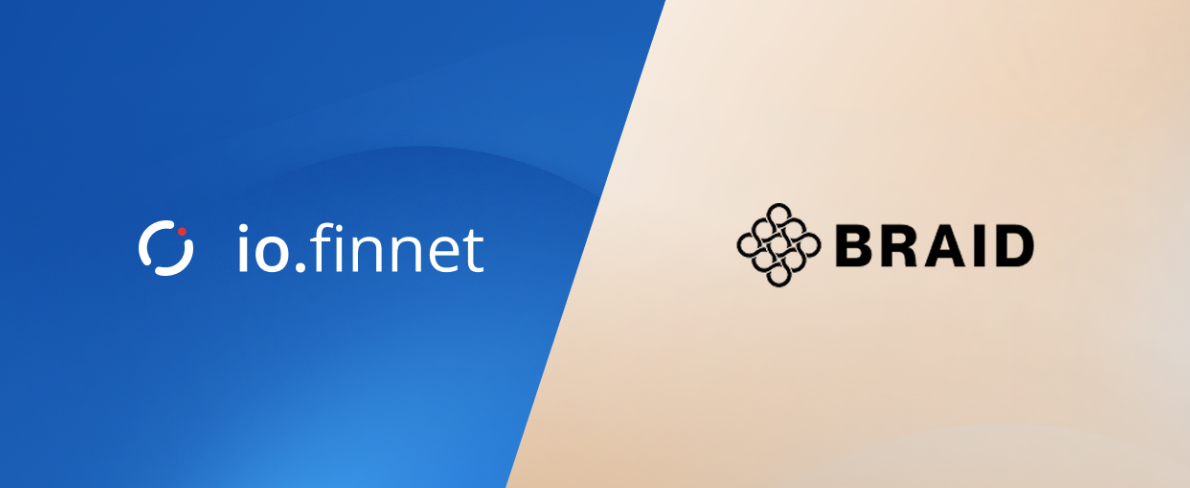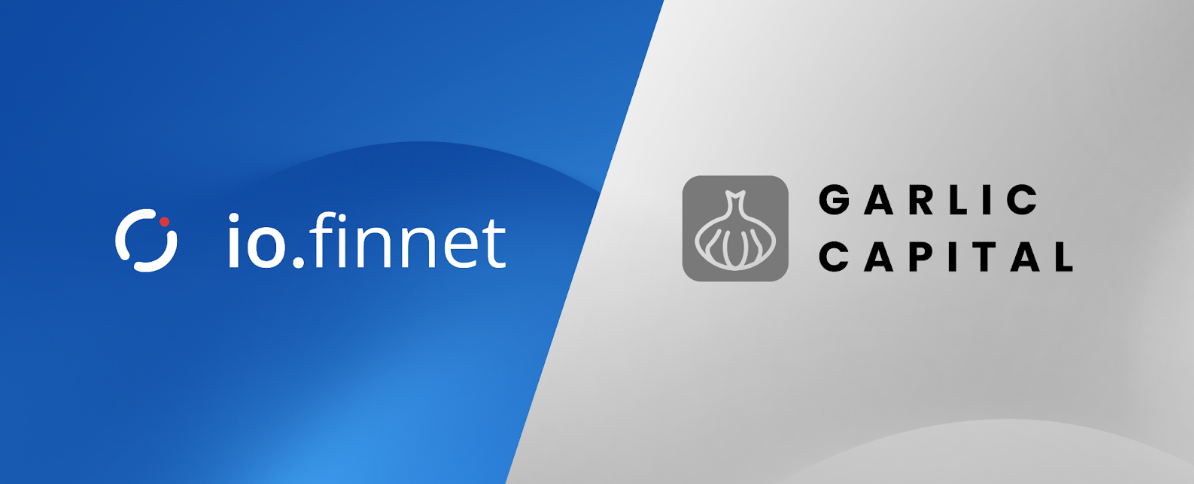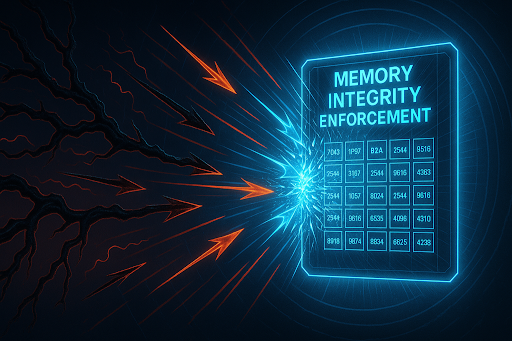LEARN
Institutional Crypto Custody: Key Steps and Tools in 2025

Institutions now manage billions in digital asset custody, but many still use custody solutions that fail to meet enterprise requirements.
These outdated systems create operational bottlenecks, compliance gaps, and security risks that can disrupt business or trigger regulatory scrutiny.
Unlike traditional markets, where regulated third parties oversee custody services, crypto demands more from institutional players.
Teams must secure private keys, enforce internal governance, and align with a shifting regulatory framework without the benefit of legacy infrastructure.
Institutions require the reliability expected from a digital asset custodian, ensuring assets are accessible during outages or cyber threats.
In this guide, we’ll break down the core challenges of institutional custody, the features that define enterprise-grade solutions, and how io.finnet equips your organization to scale securely in 2025 and beyond.
Further reading:
- Curious about digital asset custody? Take a deeper dive.
- Explore how MPC custody works and why it matters
This Article Contains:
- Why Institutional Crypto Custody Matters
- Key Challenges Faced by Institutions in Securing Digital Assets
- Core Requirements of Institutional Custody
- How io.finnet Fits Into Your Custody Strategy
With the crypto market crossing $3 trillion in late 2024, secure custody of financial assets is no longer optional; it’s a strategic imperative.
Institutions now have billions in digital asset custody, yet many still rely on a legacy custody provider that doesn’t meet the demands of enterprise financial services.
Traditional custodial services were built for a different era, where financial institutions could offload risk to a third-party provider operating under established regulatory frameworks. Today’s institutions must act as their own crypto custodian, managing private keys, overseeing digital asset custody, and ensuring full regulatory compliance
However, strategic custody infrastructure does more than protect the organization’s most valuable crypto asset. It also reduces operational friction, strengthens risk management, and enables institutions to scale across markets while maintaining strict compliance with evolving regulatory standards.
Institutions that treat custody as a strategic enabler rather than a defensive necessity gain competitive advantages: faster transaction processing, lower operational costs, and the agility to navigate evolving regulatory requirements.
Those that don't face mounting pressure as asset values grow and compliance demands intensify. Yet most institutions struggle with core custody challenges that prevent them from realizing these advantages.
While tools like cold storage and multi signature wallets offer some protection, they often hinder operational speed and flexibility. A financial institution faces complex challenges around access control, internal governance, scalability, and regulatory compliance.
For instance, a cryptocurrency hedge fund running high-frequency trading strategies may require near-instant transaction speeds to capture arbitrage opportunities. At the same time, their governance framework demands multi-level approvals for large asset transfers. These competing demands reveal several critical challenges:
1. Complex Internal Governance
Institutional clients often operate across multiple departments, user roles, and complex approval layers. Without precise access controls and enforceable policies, this complexity can lead to unauthorized transactions, internal conflicts, or significant slowdowns in critical workflows.
2. Balancing Accessibility and Control
Teams need fast, reliable access to assets to support trading, treasury operations, and other time-sensitive activities. However, unrestricted access undermines secure custody. Striking the right balance between usability and protection is a constant challenge.
3. Evolving Regulatory Requirements
The regulatory framework for digital asset custody continues to shift across jurisdictions. Institutions must adapt to emerging standards, maintain verifiable audit trails, and determine when a qualified custodian is required to ensure ongoing regulatory compliance, without slowing down business operations.
4. Operational Continuity and Disaster Recovery
A system failure or cyber incident can lock client assets, disrupt services, and expose the custodian to financial and reputational damage. Resilient crypto custody solutions must ensure business continuity even in adverse conditions.
To overcome these challenges, institutional investors require a custody provider purpose-built for scale, auditability, and secure storage, one that supports operational efficiency without compromising on security or compliance. The most effective crypto custody services are designed to meet these demands while integrating seamlessly with enterprise infrastructure.
Institutional custody infrastructure must support organizations in maintaining security, compliance, and operational efficiency at the same time.
1. Scalable Governance Architecture
Institutional operations involve multiple teams, departments, and approval layers. A custody platform must support fine-grained access controls, role-based permissions, and isolated vaults that reflect internal governance structures and reduce the risk of unauthorized actions. io.finnet supports this through vault-level policy management and customizable workflows that scale across business units or institutional clients.
2. Built-in Compliance and Auditability
Institutions must maintain tamper-proof records of all transactions and access decisions involving financial assets to meet regulatory standards and audit requirements. A strong crypto custody provider should offer cryptographic audit trails, policy enforcement logs, and recognized compliance certifications to give users confidence in meeting regulatory demands. io.finnet meets these standards with verifiable logging and SOC 2 Type 2 certification, helping teams stay audit-ready without the administrative burden.
3. Operational Usability
Custody tools should fit into existing institutional workflows with minimal disruption. This means offering API-based integration, user-friendly dashboards, and mobile access secured with biometric authentication, all while enforcing approval policies in the background. io.finnet supports this with a modern GraphQL API, an intuitive interface, and biometric-secured mobile access, giving users a seamless experience that aligns with internal governance requirements.
4. Resilience and Continuity
Resilient custody infrastructure should function even when part of the system goes offline. This includes redundant signing processes, flexible node management, and recovery methods that don’t rely on manual backups. Unlike traditional multi signature wallets, io.finnet’s architecture ensures crypto wallet access remains uninterrupted, providing the reliability institutions expect from enterprise-grade crypto custody services.

5. Transparent and Scalable Pricing
Predictable costs are essential for long-term planning. Pricing models that scale with assets under management or transaction volume can quickly become unsustainable. io.finnet offers flat-fee pricing designed to support enterprise-scale growth without introducing financial strain on asset management teams..
These requirements establish the evaluation framework for institutional self-custody solutions. How io.finnet addresses each requirement demonstrates its capacity to deliver secure, scalable operations aligned with institutional demands.
Enterprise custody demands an infrastructure that operates at an institutional scale, not another dashboard to manage. Your organization needs systems that integrate seamlessly with existing workflows, enforce governance automatically, and maintain operational velocity across global teams and regulatory jurisdictions.
io.finnet elevates the MPC wallet model with a trustless architecture that eliminates your biggest risk: centralized key storage.
Instead of relying on a single private key, io.finnet distributes cryptographic keys across independent nodes. These private keys never exist in full at any point, removing single points of failure while supporting high-frequency asset management operations.

But io.finnet offers more than secure vault infrastructure. It’s an end-to-end custody platform built for institutional scale, offering features that enable both control and flexibility:
- tMPC-powered custody that eliminates single points of failure by distributing cryptographic key shares across independent nodes.
- Policy-based governance for automated approvals, transaction limits, and enforcement across teams and jurisdictions.
- Multi-vault architecture to isolate assets by team, region, or function, with vault-level controls.
- Staking and yield support built directly into the custody interface, allowing institutions to earn while maintaining custody.
- Biometric-secured mobile access for safe approvals on the go.
- GraphQL API and integrations for embedding custody operations into existing systems.
- Real-time audit trails and SOC 2 Type 2 compliance for verifiable regulatory readiness.
Why This Matters for Your Operations
Whether operating high-frequency trading algorithms, managing DAO treasuries worth hundreds of millions, or enabling crypto access through regulated financial platforms, io.finnet acts as a purpose-built provider of institutional-grade infrastructure that supports your custody strategy.
The result: secure, compliant operations that scale with your business, not legacy systems that slow you down.
io.finnet and the New Standard for Institutional Crypto Custody
Institutional crypto custody is mission-critical infrastructure, not a back-office task. Organizations managing digital assets at scale can't afford fragmented access controls, manual bottlenecks, or compliance gaps that invite regulatory scrutiny.
io.finnet solves these challenges at the foundation. Its trustless MPC architecture removes single points of failure, while dynamic policy engines automate governance across teams and jurisdictions. Verifiable audit trails keep institutions compliant without added complexity.
With io.finnet, custody becomes a competitive edge, not a constraint. Institutions gain a secure, scalable infrastructure for regulatory alignment and operational speed.
Start using io.finnet today and take control with institutional crypto custody designed for speed, compliance, and end-to-end security.


.svg)



